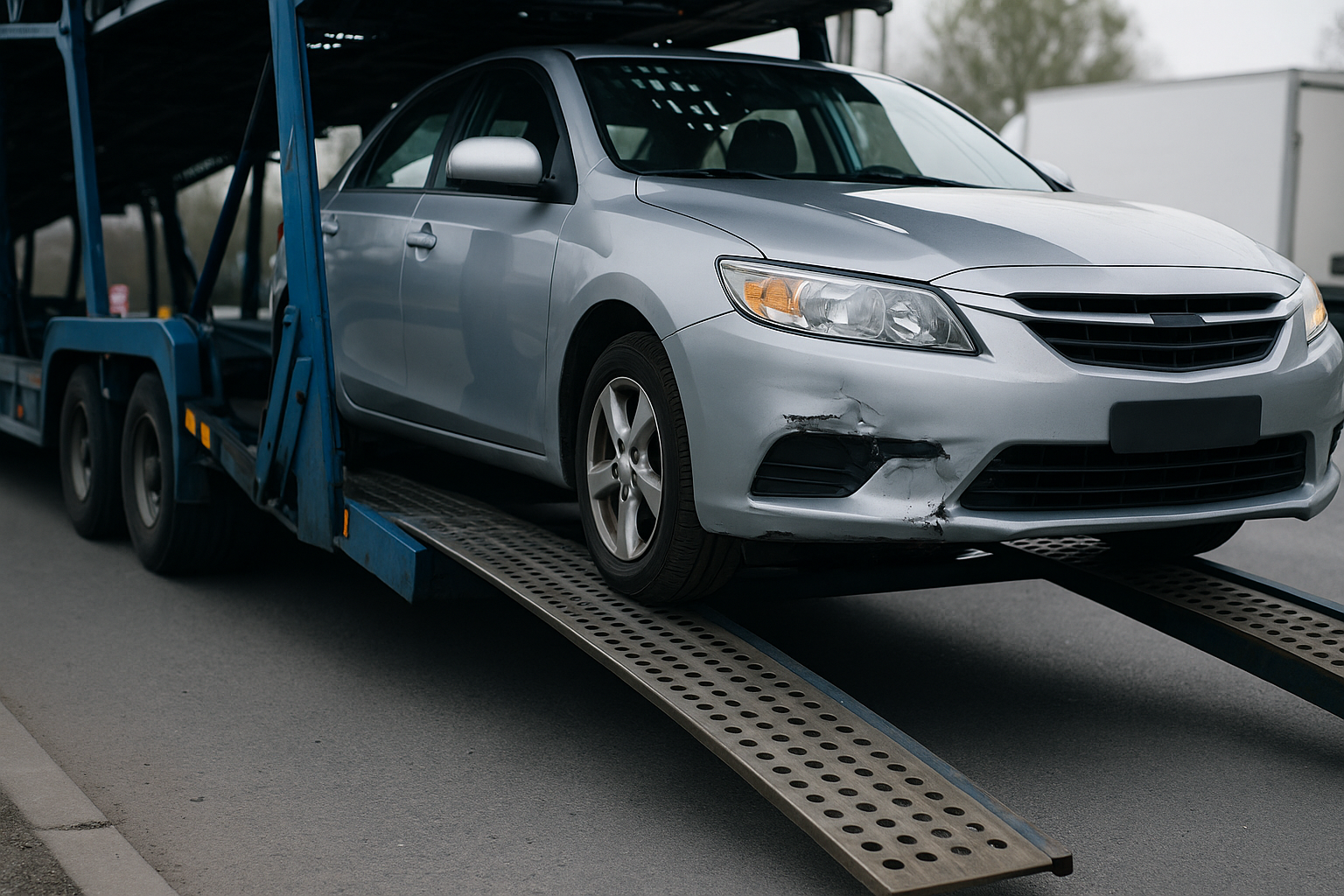What Happens if Your Car is Damaged During Interstate Transport?

Note: This is a general approach and each carrier and service company handle things differently.
Key Takeaways:
- Prompt inspection and documentation at the time of delivery are critical to successfully processing a damage claim.
- Vehicle damage is uncommon, especially when working with professional, fully insured transport companies that follow national safety standards.
- You’re protected under Australian Consumer Law, which entitles you to remedies if the transporter fails to exercise due care.
Arranging interstate car transport is a convenient way to move your vehicle across the country whether you’re relocating, buying or selling a car online, or sending one to a family member. But as with any type of freight, unexpected incidents can happen. So, what do you do if your car is damaged during transport? At National Car Movers, we prioritise the safety and security of every vehicle in our care. In the unlikely event that damage does occur, here’s what the process looks like, your rights as a customer, and how Australian standards apply.
Is Vehicle Damage Common in Car Transport?
Damage during transport is rare, especially when using a reputable Australian vehicle logistics provider. Most vehicles are delivered without a scratch. However, potential risks can include:
- Severe weather (such as hail or high winds)
- Loose gravel or road debris on open carriers
- Loading and unloading errors
- Unforeseen road accidents
All vehicles transported by National Car Movers are handled by experienced professionals who adhere to strict safety standards and legal transport requirements to ensure secure and compliant vehicle delivery.
Step-by-Step: What to Do If Your Car Arrives Damaged
1. Inspect the Vehicle at Drop-Off
When your vehicle is delivered, it’s crucial to inspect it thoroughly at the drop-off point. Ideally, carry out the inspection in the presence of the delivery driver so that any concerns can be noted immediately. Carefully examine the exterior and interior for any signs of damage, such as scratches, dents, broken lights, or cracked glass. Compare the current condition to the inspection report completed at the time of pickup to identify any discrepancies. To support your claim, take clear, timestamped photos or video of any new damage observed during this inspection.
2. Document the Damage Immediately
If you notice any damage during the vehicle inspection, it’s important to document it straight away. Make sure all issues are clearly noted on the delivery paperwork, often called a delivery docket or consignment note. Request that the driver also signs the documentation to confirm the damage was acknowledged at the time of delivery. Importantly, do not sign the delivery note as “received in good condition” if you’ve identified any new or unreported damage, doing so could affect your ability to lodge a claim later.
Who’s Liable for the Damage?
In most instances, the transport company is responsible for any damage that occurs while the vehicle is in their possession. This includes damage sustained during transit, provided it wasn’t pre-existing and is reported promptly and with supporting evidence. Australian Consumer Law (ACL) provides additional protection, ensuring that if a service provider fails to exercise due care and skill, you may be entitled to a repair or compensation. It’s important to review the transport agreement in detail and document the condition of your vehicle before and after transport to support any potential claims.
What Kind of Insurance Covers This?
All reputable vehicle transport providers carry Transit Insurance or Carriers Liability Insurance. This type of insurance is designed to protect your vehicle from damage that may occur during transit. Before booking, it’s wise to confirm a few key details: check whether the policy covers your preferred transport method (such as open vs enclosed transport), whether there is a claims excess you’ll need to pay, and if there’s an option to purchase additional coverage for prestige or luxury vehicles. Also, ask how quickly claims are processed in case something goes wrong. If you’re uncertain about the level of coverage, request a Certificate of Currency or another form of insurance verification from the transporter for peace of mind.
How to Make a Damage Claim
If your vehicle is damaged during transport, it’s important to report it as soon as possible, ideally within 24 to 48 hours. Start by gathering and submitting all relevant evidence, including photos taken before and after the move, a copy of the inspection report, and the signed delivery docket noting the damage.
You’ll then need to contact the transport company’s claims department or insurance provider to begin the formal claims process. Depending on the policy terms, you may be eligible for repairs or financial compensation. At National Car Movers, we support you every step of the way, assisting with documentation and liaising with our insurer to help ensure a smooth resolution.
Need Help with Safe and Secure Car Transport?
While it’s unlikely your vehicle will be damaged during transport, it’s always smart to be prepared. With Australian standards, legal protections, and industry insurance requirements, you’re well covered if something goes wrong.
At National Car Movers, we take care of your vehicle like it’s our own. If you have questions about insurance, damage procedures, or your rights, our Aussie-based team is happy to help. Ready to move your car safely across Australia? Get an instant quote today or give us a ring!






